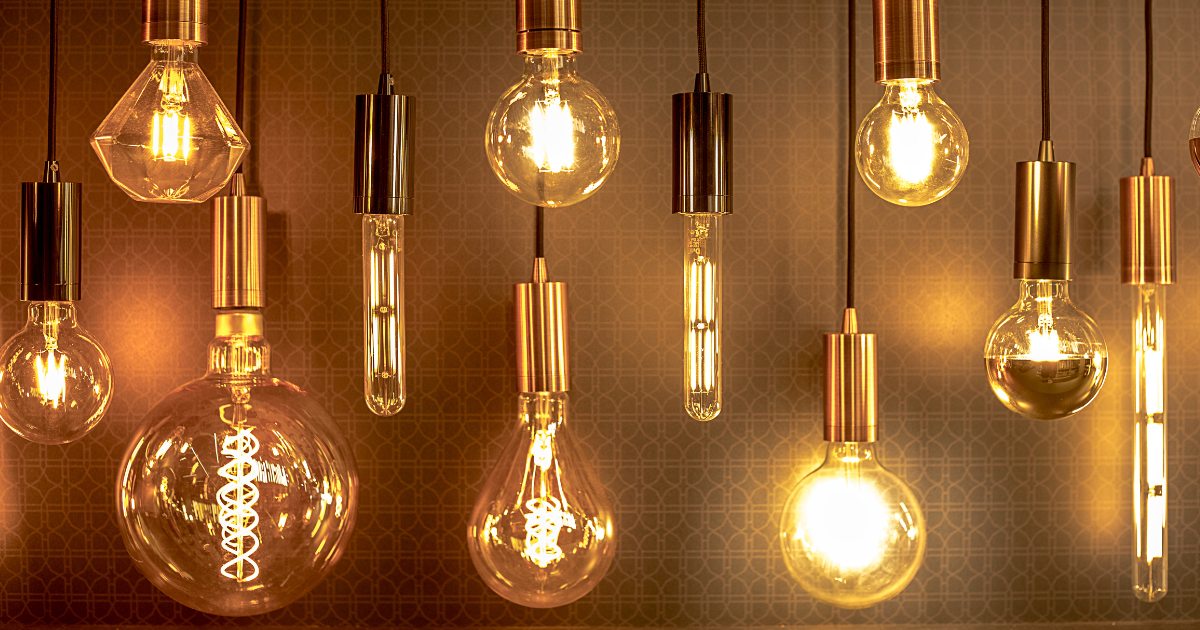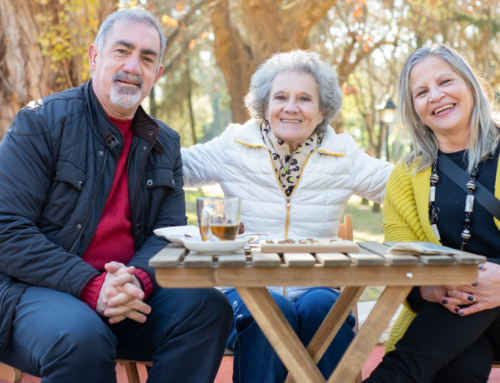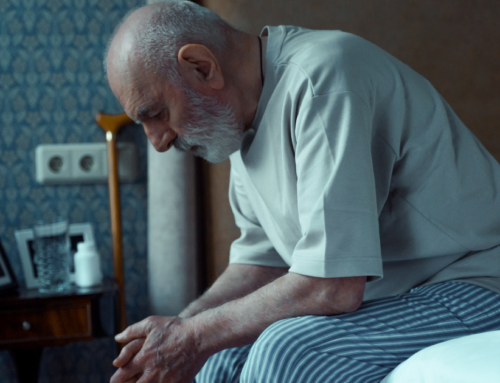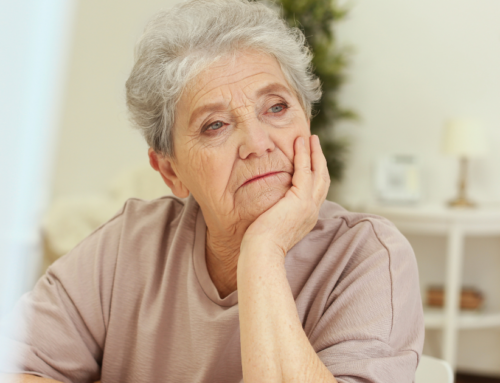As we age, our mental health becomes more fragile, and lighting can play a crucial role in our emotional well-being. Adequate lighting can help older adults maintain their circadian rhythms, improve mood, and reduce the risk of depression and anxiety. Follow along with us while we provide some helpful tips to improve lighting for elderly mental health.
Lighting for Elderly Considerations:
1. Natural Light
Natural light can significantly improve the mental health of elderly individuals by boosting their mood, improving sleep quality, promoting physical activity, helping to maintain their circadian rhythm, and providing vitamin D. Exposure to natural light increases the production of serotonin, a hormone that regulates mood and can reduce feelings of depression and anxiety. It also helps regulate the body’s sleep-wake cycle, which can improve sleep quality and encourages physical activity by providing a pleasant environment for outdoor activities. Maintaining the circadian rhythm is important for regulating bodily functions, and natural light is also a primary source of vitamin D, essential for bone health and immune system function. Therefore, natural light plays a vital role in promoting the overall mental and physical well-being of elderly individuals.
2. Color Temperature
Color temperature can have a significant impact on our emotional state. Warm colors, such as yellow and orange, create a cozy and inviting atmosphere, while cooler colors, such as blue and white, can create a calming and relaxing environment. When considering lighting for elderly individuals who may have trouble with their vision, cooler colors are recommended to enhance visibility. Exposure to light with warmer color temperatures can also help regulate their sleep-wake cycle by promoting the production of melatonin, a hormone that regulates sleep. By selecting the appropriate color temperature for lighting, caregivers can improve the overall mental and physical well-being of elderly individuals, making their daily life more comfortable and enjoyable.
3. Layered Lighting
Layered lighting involves combining different types of lighting to create a balanced and comfortable environment. For instance, using a combination of overhead lights, task lights, and accent lights can provide various levels of illumination and enhance visual interest in a room. Layered lighting can be beneficial for elderly individuals as it provides different levels of light and can be adjusted according to their needs. It can include ambient, task, and accent lighting. Ambient lighting provides overall illumination and can create a comfortable and relaxing atmosphere. Task lighting is directed light that can improve visibility and reduce eye strain, especially for activities such as reading or sewing. Accent lighting highlights certain features in a room and can create visual interest. By using layered lighting, caregivers can create a flexible and adaptable lighting environment that can help elderly individuals feel more comfortable, safe, and engaged in their surroundings. It can also improve their mental well-being by providing appropriate lighting for different activities and enhancing their sense of independence and autonomy.
4. Smart Lighting
Smart lighting allows older adults to adjust lighting levels remotely, creating a comfortable environment that suits their preferences. Additionally, smart lighting can be programmed to simulate natural light, gradually increasing and decreasing light levels throughout the day, which can help maintain a healthy sleep-wake cycle. Smart lighting technology can have several benefits for the mental health of elderly individuals. Smart lights can be scheduled for different times of the day, creating a predictable and consistent lighting environment. This can help maintain their circadian rhythm and improve sleep quality. Smart lights can also be programmed to adjust the color temperature and brightness based on the time of day, with warmer colors at night and cooler colors during the day. This can improve mood and promote alertness. Additionally, smart lights can be controlled by voice or motion, making them more accessible for elderly individuals with mobility or vision impairments. By incorporating smart lighting technology, caregivers can create a comfortable and personalized lighting environment that can improve the overall mental and physical well-being of elderly individuals.
5. Avoid Glare
Glare can be uncomfortable and disorienting for older adults, leading to headaches and eyestrain. To avoid glare, use shades, diffusers, or lampshades that reduce the intensity of light. Avoiding glare in lighting can have a positive impact on the mental health of elderly individuals. Elderly individuals may already have compromised vision, and glare can exacerbate their vision problems, making them more vulnerable to falls and accidents. By reducing glare in lighting, caregivers can create a more comfortable and safe environment for elderly individuals, improving their overall quality of life. This can also enhance their independence and autonomy, as they are better able to see and navigate their surroundings without difficulty. By promoting a comfortable and safe lighting environment, caregivers can contribute to the overall well-being and mental health of elderly individuals.
Lighting for the elderly plays a crucial role in the mental health and well-being of elderly individuals. As we age, our eyes become less efficient at absorbing light, which can lead to a range of physical and emotional issues. Adequate lighting can help alleviate these issues, as it improves visibility, reduces falls and accidents, and enhances mood and cognitive functioning. Studies have shown that exposure to natural light, in particular, can improve sleep quality, reduce depression and anxiety, and increase overall quality of life. Inadequate lighting, on the other hand, can lead to feelings of isolation, confusion, and depression, particularly in those with dementia or other cognitive impairments. Therefore, ensuring proper lighting in living spaces and other areas where elderly individuals spend time is crucial for maintaining their mental and emotional well-being.
To learn more about how our caregivers can help with a functional home, see our Service Page.
Sources:
The lighting in your home could be affecting your mood
National Institute of Mental Health: Depression in Older Persons
Alzheimer’s Association: Lighting and Alzheimer’s
Senior Care Corner: Brightening Up Elderly Days with Proper Lighting
National Institute on Aging: Home Safety Tips for Older Adults






